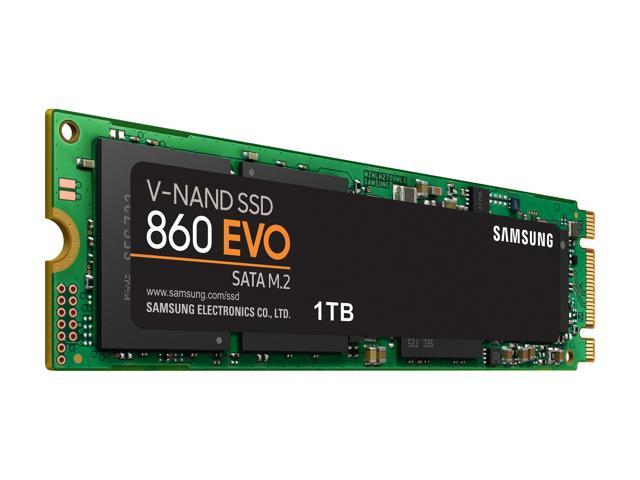The options might be overwhelming when looking for a hard drive or SSD for gaming. Your storage disk, of course, contains your games and any preloaded data for online gaming. You’ll need enough space to retain your games and any other stuff on your PC. If you’re a PC gamer, you know how vital it is to have enough storage on your machine. Enough storage allows you to keep games and do the rest of your job and media storage efficiently. Standard hard drive form factors are likely to be recognized by computer hardware aficionados of all levels, such as the massive 3.5″ mechanical hard disk drive (or HDD) and the thinner 2.5″ solid-state drive (SSD). It doesn’t hurt to assume you’re also familiar with SATA, a bus interface that links the motherboard to various devices, whether SSD or HDD. These are the most prevalent form factors and connection choices in a gaming computer. M2 and NVMe drives are new types of SSD storage that are gaining popularity in current PC setups.
The big question: What is a M.2 SSD? The M2 SSD form factor, known as the “Next Generation Form Factor” (NGFF), is a new internal storage card. Unlike regular HDDs and SSDs, these new M2 drives do not need a connection to connect to the computer’s motherboard. They are, however, hooked directly into it via a unique connection slot designed exclusively for M2 SSDs.
Depending on the kind and functionality, an M2 disk can use either the standard SATA interface or the PCIe interface. It is directly attached to the motherboard in both circumstances.
Although SSD data storage is the most prevalent usage for M2, various desktop PC accessories such as Wi-Fi cards are also available in the M2 form factor. It replaces the 2.5″ storage devices installed in a separate bay and linked to the motherboard via a SATA connection. M2 SSDs with SATA interfaces aren’t always quicker than 2.5″ drives. When connected, these new SSDs are flush with the motherboard rather than protruding like a graphics card or RAM chip. M2 SSDs take up less space, resulting in a more organized and cleaner PC interior with fewer connections. If you desire quicker speeds, make sure your M2 drive is NVMe (Non-Volatile Memory Express) compatible. NVMe SSDs can achieve read and write speeds of up to 2GB/s. Most SATA-based SSDs provide at most 500MB/s.
If you use an M2 drive to construct or upgrade your gaming PC, you need to know whether it’s a SATA-based drive or an NVMe-based disk. The motherboard you’re using might not have M2 slots for both types (SATA and NVMe). Even if your motherboard has the places, you don’t want to buy a more expensive NVMe SSD if it can only access data via the SATA protocol. It makes sense to acquire a new motherboard with an NVMe M2 SSD or to use SATA.
M2 is worth it. It isn’t much more expensive, plus most M2 drives these days have NVMe, which is quicker than SATA. Aside from the performance benefits, the ability to insert an SSD directly into the motherboard and eliminate the need to plug wires into it is a significant benefit. Having fewer wires in your PC case can also aid in cooling. If you already have a standard SSD, an M2 might not be worth it. If you’re still using HDDs, ensure you have a safe backup of your data because an NVMe M2 SSD will cost significantly more for the same amount of storage as a conventional HDD, and you’re unlikely to acquire a 2TB one.
M2 is a fantastic option to boost storage; otherwise, a 2.5 SSD will be enough for gaming purposes. They are speedier since they do not use the SATA standard and instead connect directly to the PCIe bus. It speeds up game loading but does not increase the frame rate. In other words, a faster SSD will make maps load quicker, loading windows shorter, asset loading, character loading, and everything else vital to gameplay faster. However, it will not affect the frame rate, temperature, or data transmission (RAM to VRAM through CPU). Aside from gaming, it will significantly enhance your daily chores and boot-ups/shutdowns.
Sources
https://www.tomshardware.com/reviews/glossary-m2-definition,5887.html
https://www.crucial.com/articles/for-gamers/hdd-or-ssd-for-gaming








